WKKF recently sat down with Mississippi artist and filmmaker Talamieka Brice to learn about her latest project—a documentary shedding new light on the story of Roosevelt “Red” Townes and Robert “Bootjack” McDaniels. These two Black men were lynched on April 13, 1937, in Duck Hill, Mississippi, a chilling reminder of the terror lynchings inflicted on Black communities across the U.S. for generations. Used to instill fear and maintain racial control, these acts of violence left deep scars that still shape today’s conversations about justice and healing.
In January, Talamieka offered a preview of her documentary-in-progress at a screening and discussion held at the Smith Robertson Museum in Jackson to honor the 2025 National Day of Racial Healing.
Talamieka’s personal connection to this history began with her grandmother’s haunting account of McDaniels and Townes’ final cries in the woods—a story that has driven her pursuit of truth. Building on her earlier film, “Five: A Mother’s Journey,” about her fears and hopes during the Ferguson protests, her new documentary delves into the circumstances of Townes and McDaniels’ deaths. In our interview, Talamieka discusses the challenges she has faced in unearthing the past and her belief in storytelling and art as tools for collective healing.
You can view the full interview below.
Below is an excerpt of that conversation.
Alyson: Thank you for sitting down with us. Let’s start with: who were Roosevelt “Red” Townes and Robert “Bootjack” McDaniels and what drew you to their story?
Talamieka: Roosevelt Townes and Robert McDaniels were two Black men who were lynched on April 13, 1937, in Duck Hill, Mississippi. What drew me to their stories, when I was about 5 years old, my grandmother told me a story about hearing them cry in the woods as they were being tortured. And as a little girl, I just kept thinking, why couldn’t she help them? Why couldn’t she let ’em out? And then being a sassy little girl, I said as much like, “I would’ve helped her. I would’ve”…but I didn’t know a lot about the world then.
And as I grew older, I went to Jackson State University, and I was studying art. And I came past this image, this artist had this man tied to a tree and she had written all this stuff around it, like, you know, why couldn’t you help them? And all the feelings that the viewer feels. And then at the bottom I saw “Duck Hill, Mississippi” and I was able to connect the dots that this is the lynching that my grandmother was talking about.
Alyson: In your research and filmmaking process, what sort of challenges did you encounter in covering and portraying the lives of Bootjack and Red beyond the tragedy of their deaths? And how did you creatively address those?
Talamieka: I’m still working through those actually. One of the challenges…I was able to find their death certificates and that had never been done before. One of the things I’m interested in is finding their grave, because I know they are buried in one singular grave and they were buried in what is termed as a poor house. One of the biggest challenges that I have run into with this poor house is that there are no records of it. There was not a lot of good record keeping back in the day, and I’m still trying to locate their graves. Another resistance was actually putting a historical marker on the land where the lynchings occurred.
Alyson: In your view, how can art and storytelling contribute to racial healing and equity in today’s society and in this current moment?
Talamieka: Art is one of the most powerful tools on the planet. It goes past genre and time and space. Something as relevant as Mozart and Shakespeare and all these pieces still have relevance today. So art is the key. One of the reasons why, if you look at the current pushback against what is essentially the truth, and this is something that Wright Thompson has addressed, is that people in positions of power know how dangerous and heavy the truth is, and they try all that they can in order to push against and suppress that truth. So art is the change maker for a better world and a better future.
Alyson: What do you hope audiences will take away from Bootjack and Red and how do you envision it contributing to ongoing conversations about racial justice and historical reckoning?
Talamieka: I hope that they take away a collective understanding of their power. And it’s getting to the truth of who we are that allows us to be able to address our souls and let us to live above a color line and really form a more perfect union.
Resources:
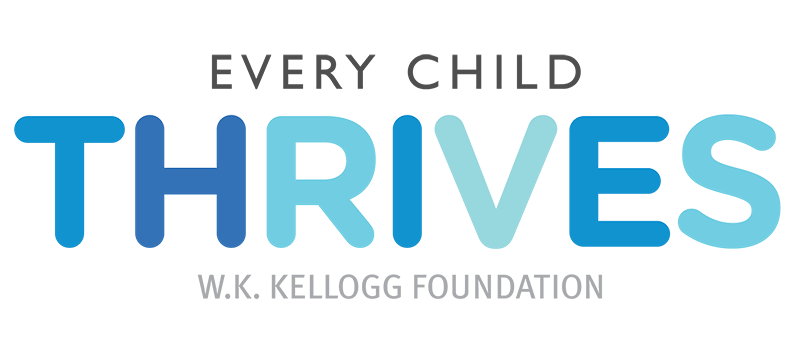
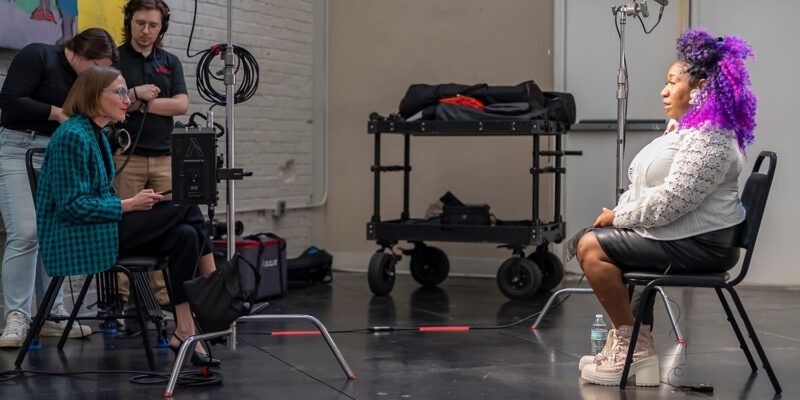
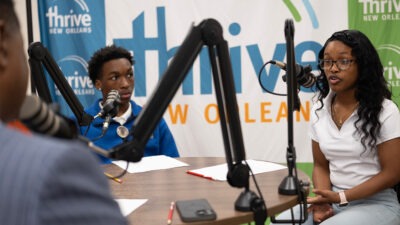

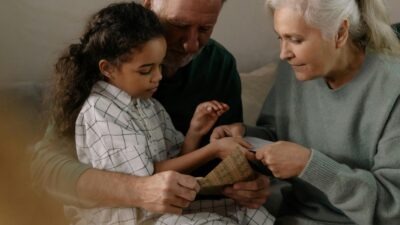

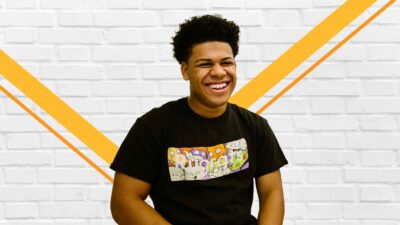

Comments